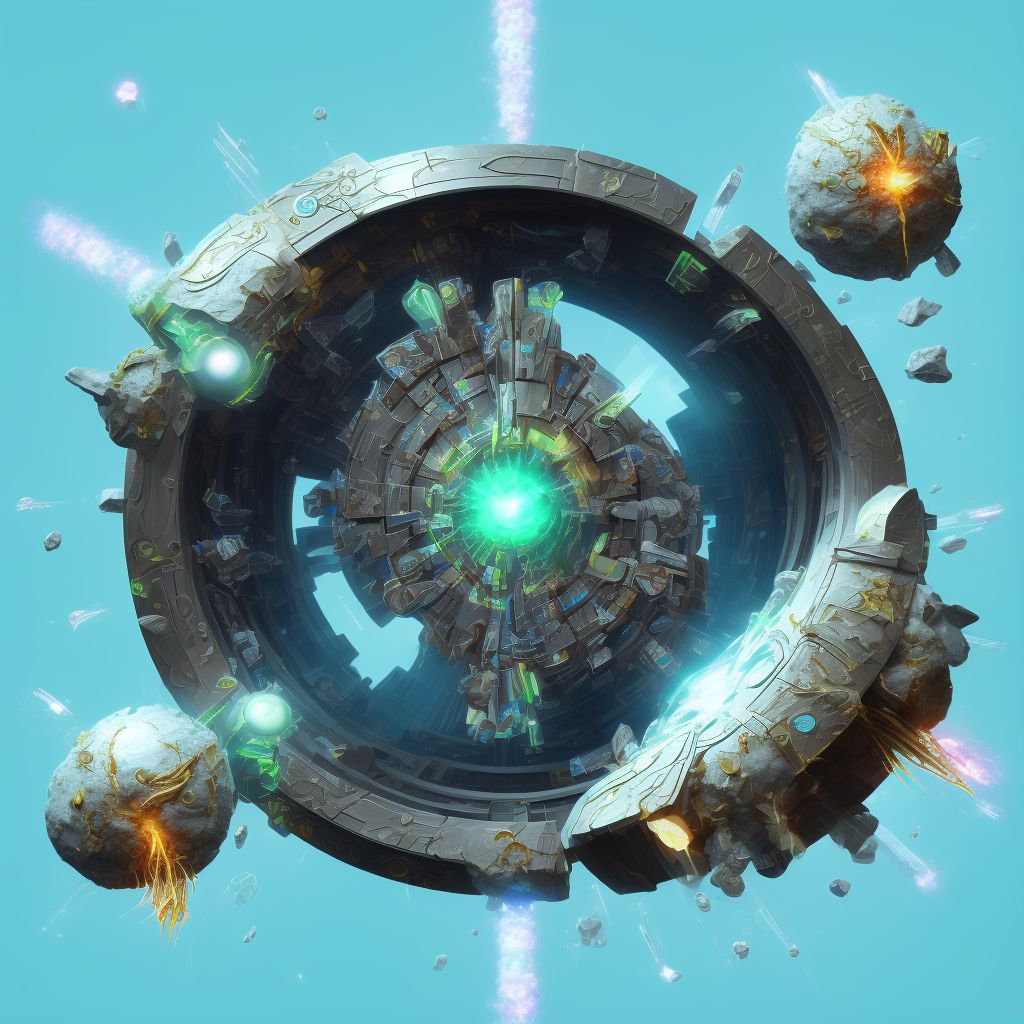
Displaced spiral fracture of shaft of left fibula, subsequent encounter for open fracture type IIIA, IIIB, or IIIC with delayed healing Save
ICD-10 code: S82.442J
Disease category: S82.442: Displaced spiral fracture of shaft of left fibula
Displaced Spiral Fracture of Shaft of Left Fibula: A Subsequent Encounter with Delayed Healing
A displaced spiral fracture of the shaft of the left fibula is a severe injury that can result in significant pain, swelling, and difficulty in walking. This type of fracture occurs when a twisting force is applied to the bone, causing it to break in a spiral pattern. Although it is a serious injury, with proper care and treatment, patients can achieve successful healing and regain their mobility.
In some cases, the initial treatment for a displaced spiral fracture involves open reduction and internal fixation, where the bone fragments are realigned and secured with surgical hardware. However, despite the best efforts of medical professionals, there are instances where the fracture does not heal as expected, leading to a subsequent encounter for further evaluation and management.
Delayed healing is a common complication associated with fractures, particularly those that are more severe, such as open fractures classified as type IIIA, IIIB, or IIIC. These classifications indicate the degree of soft tissue damage and the severity of the open wound accompanying the fracture.
During a subsequent encounter for a displaced spiral fracture with delayed healing, medical professionals will typically assess the progress of the healing process. This may involve conducting imaging tests, such as X-rays or CT scans, to evaluate the alignment and stability of the fracture site.
Additionally, clinicians will monitor the patient for any signs of infection, as open fractures are at a higher risk of developing this complication. They will carefully examine the wound, assess the presence of any drainage or redness, and may order laboratory tests to check for elevated white blood cell counts.
- Assess progress of healing.
- Evaluate alignment and stability of the fracture site.
- Monitor for signs of infection.
It is important for patients with a displaced spiral fracture of the shaft of the left fibula, subsequent to an open fracture with delayed healing, to follow their healthcare provider's instructions closely. This may include keeping weight off the affected leg, using crutches or a walking boot, and attending regular follow-up appointments to ensure proper healing and prevent complications.
In conclusion, a displaced spiral fracture of the shaft of the left fibula can result in delayed healing, requiring a subsequent encounter for further evaluation and management. It is crucial for patients to receive appropriate medical care and follow their healthcare provider's instructions to achieve optimal healing and restore their mobility.
Treatment of Displaced spiral fracture of shaft of left fibula, subsequent encounter for open fracture type IIIA, IIIB, or IIIC with delayed healing:
Treatment Options for Displaced Spiral Fracture of Shaft of Left Fibula, Subsequent Encounter for Open Fracture Type IIIA, IIIB, or IIIC with Delayed Healing
When it comes to a displaced spiral fracture of the shaft of the left fibula, subsequent encounters for open fracture type IIIA, IIIB, or IIIC with delayed healing, there are several treatment options available. The choice of ...
To see full information about treatment please Sign up or Log in